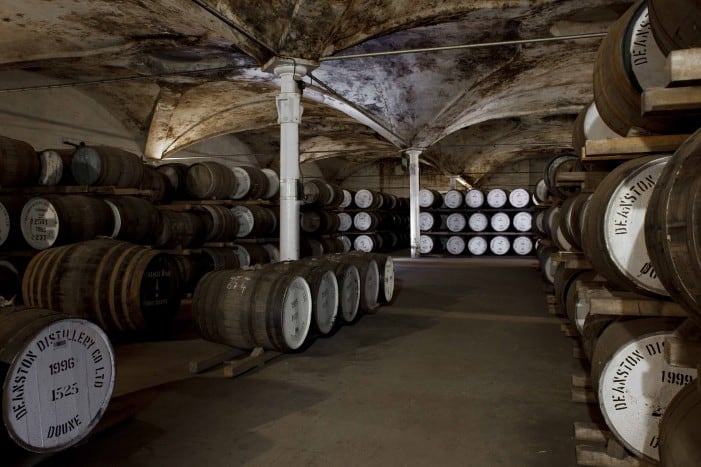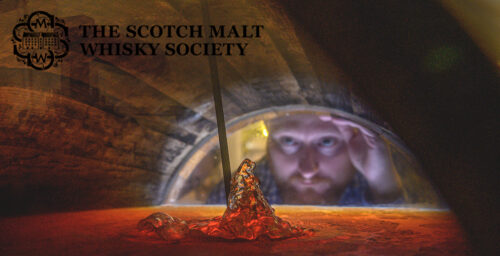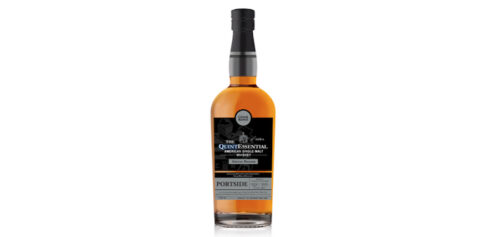The distinction between Highland and Lowland Scotland is rooted in a complex history, and extends along geographic, linguistic, and even cultural dimensions.
The line dividing the two runs more or less diagonally through the middle of Scotland, from the Isle of Arran in the southwest to several miles east of Inverness in the north. The Highlands is the Scotland of movies like Braveheart, The Highlander, and Skyfall: rugged mountains, isolated communities, and clans with deep loyalties and long histories. The Scottish Lowlands are less rugged and more agricultural, with rolling green pastures and a gentler landscape.

Today, you won’t see many blue faces in the Highlands, but the region remains significantly more remote and more rural than the Lowlands, which benefited economically from its closer association with England. Today, the Highlands are one of the most sparsely populated regions of Europe, making the role of the Scotch whisky industry as a major lifeline for small communities even more important.
While both regions have produced whisky for generations, their approach and styles differ. Highland distilleries primarily produce single malt, which is made from 100% malted barley at a single distillery. Highland single malt is usually made on a pot still, a less complex distilling apparatus that preserves more of the flavorful congeners produced during the fermentation process. On the whole, Highland whiskies are bold, flavorful, and frequently (although not always) made with peat-kilned barley, giving them a smoky, medicinal quality.
Lowland whiskies, on the other hand, aren’t always made with barley (many include wheat and/or corn, making them grain whisky), and peat plays a much less prominent role. Today, many Lowland distilleries use huge continuous column stills, many of which are stories high, to produce enormous quantities of grain whisky quickly. These generally create a light, grassy style that’s used as the base of blended Scotch.
The Lowlands also has a tradition of single malt distillation, although it’s less common these days than it once was. Classic Lowlands single malts are triple-distilled (much like Irish whisky). Today, just four distilleries are currently operational in the Lowlands, but there are some indications that Lowland single malt is coming back: critically acclaimed triple-distilled single malts from distilleries like Glenkinchie and Auchentoshan are keeping the style alive.



